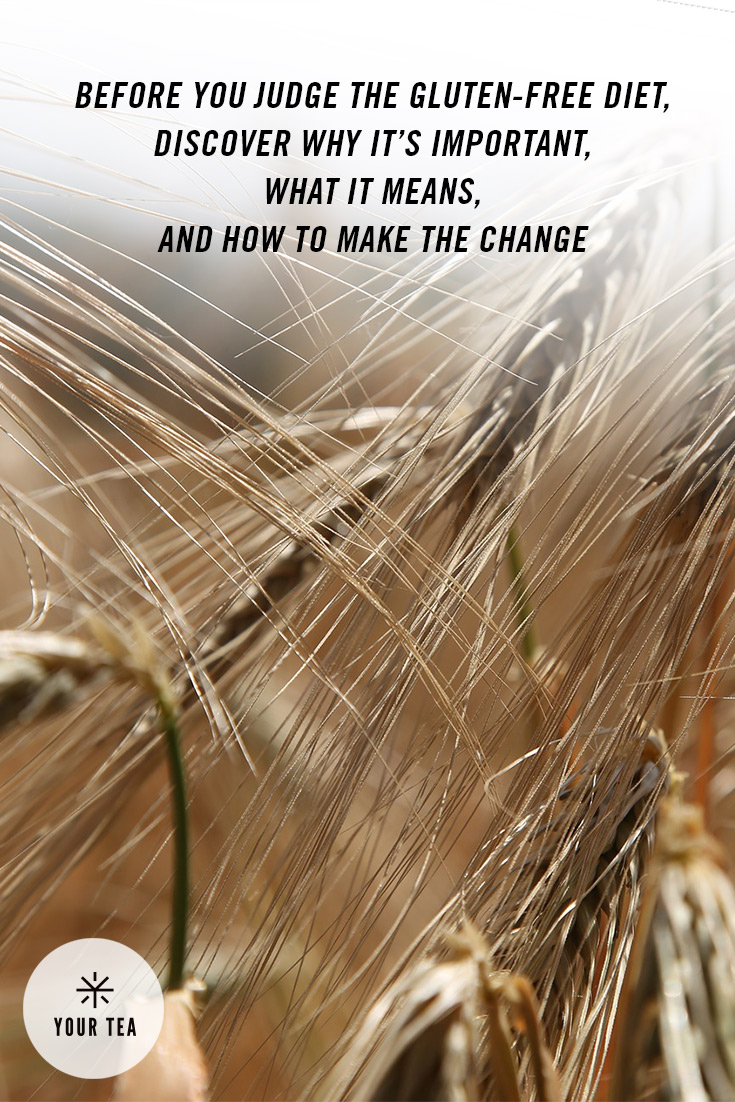Gluten-free living has definitely become the “in” thing to do. However, before you shake your head and assume everyone is crazy, you need to understand why people choose to eat gluten-free. For some individuals, it’s not a choice but a necessity. While other people may choose the gluten-free lifestyle because it helps them feel better. In either case, it’s not easy to eat gluten-free, but it’s entirely possible. And we want to help.

Why People Eat Gluten-Free?
You may have heard of Celiac disease. No? Well, it’s an autoimmune disorder that occurs in genetically predisposed people. In these individuals, the ingestion of gluten leads to damage in the small intestine and can lead to long-term health complications. It’s estimated that 1 in 100 people worldwide suffers from Celiac disease. For these individuals, if they don’t eat gluten-free, they could end up with other disorders like Type 1 diabetes, multiple sclerosis, anemia, infertility, epilepsy, and more.
Other people experience gluten intolerance or gluten sensitivity. For them, the daily symptoms can be just as bad as for individuals with Celiac disease, except without the serious, long-term affects. These individuals choose to eat gluten-free because every time they consume gluten they get abdominal pain, bloating, headaches, depression, a “foggy mind,” and other uncomfortable reactions. By eating gluten-free, they feel better and live a healthier life.
Foods that Contain Gluten
Whether you have Celiac disease or gluten sensitivity, to cut out the foods that are harmful to you, first you need to know what foods contain gluten. Unfortunately, it’s a long list.
- Wheat: All forms of wheat including spelt, kamut, triticale, durum, einkorn, farina, semolina, cake flour, matzo (or matzah), and couscous. Wheat is also found in many cakes, breads, cereal, cookies, crackers, pastas, and pizzas.
- Barley and Malt: This also includes malt syrup, malt extract, malt flavoring, and malt vinegar.
- Rye: Most often found in bread products.
How to Eat Gluten-Free
Know Your Stuff: First, you need to know your stuff. Particularly if you have Celiac disease, make sure you talk with your doctor and get a list of everything you need to avoid. You might be surprised to find out that wheat can be hiding in soy sauce or in your sushi if it contains panko crumbs. The more you know, the better you’ll be able to eat gluten-free like you want and need.
Stand Proud: While many people don’t understand the need for a gluten-free lifestyle, don’t let that stop you from eating like you need. Make the switch, tell people about it, and feel good about your choice. You’re eating gluten-free for your wellbeing, that’s a great reason.
Explore and Experiment: If you’re just now switching to a gluten-free diet, you might feel like you’ve lost half of the food available. That’s not the case. There are many foods that are gluten-free, you just need to find them and dig in. Look for bloggers online and other websites dedicated to making delicious and healthy gluten-free food.
Get Support: You’re not alone. Millions of people eat gluten-free every day. Find a support group of individuals who can stand with you, listen to you complain about restaurants, and offer alternatives to favorite foods you may be missing.
We understand how important it is to live gluten-free, which is why we offer Digestive Herbs Gluten-Free so that you still get the great benefits of our tea detox, without the harmful gluten.





